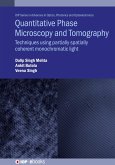
eBook, ePUB
28. Dezember 2022
Institute of Physics Publishing
Gebundenes Buch
Techniques using partially spatially coherent monochromatic light
28. Dezember 2022
IOP Publishing Ltd
Ähnliche Artikel
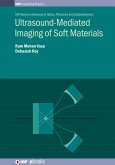
eBook, ePUB
27. Dezember 2018
Institute of Physics Publishing
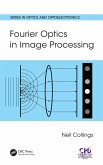
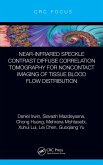
20,95 €
Sofort per Download lieferbar
eBook, ePUB
7. November 2022
Taylor & Francis eBooks
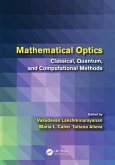
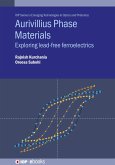
eBook, ePUB
16. Dezember 2021
Institute of Physics Publishing
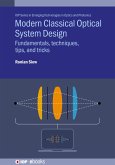
eBook, ePUB
21. Februar 2024
Institute of Physics Publishing
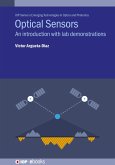
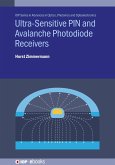
eBook, ePUB
11. Oktober 2023
Institute of Physics Publishing
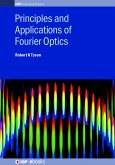
eBook, ePUB
22. August 2014
Institute of Physics Publishing
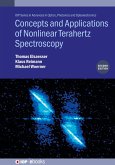
eBook, ePUB
11. September 2024
Institute of Physics Publishing
Ähnlichkeitssuche: Fact®Finder von OMIKRON
